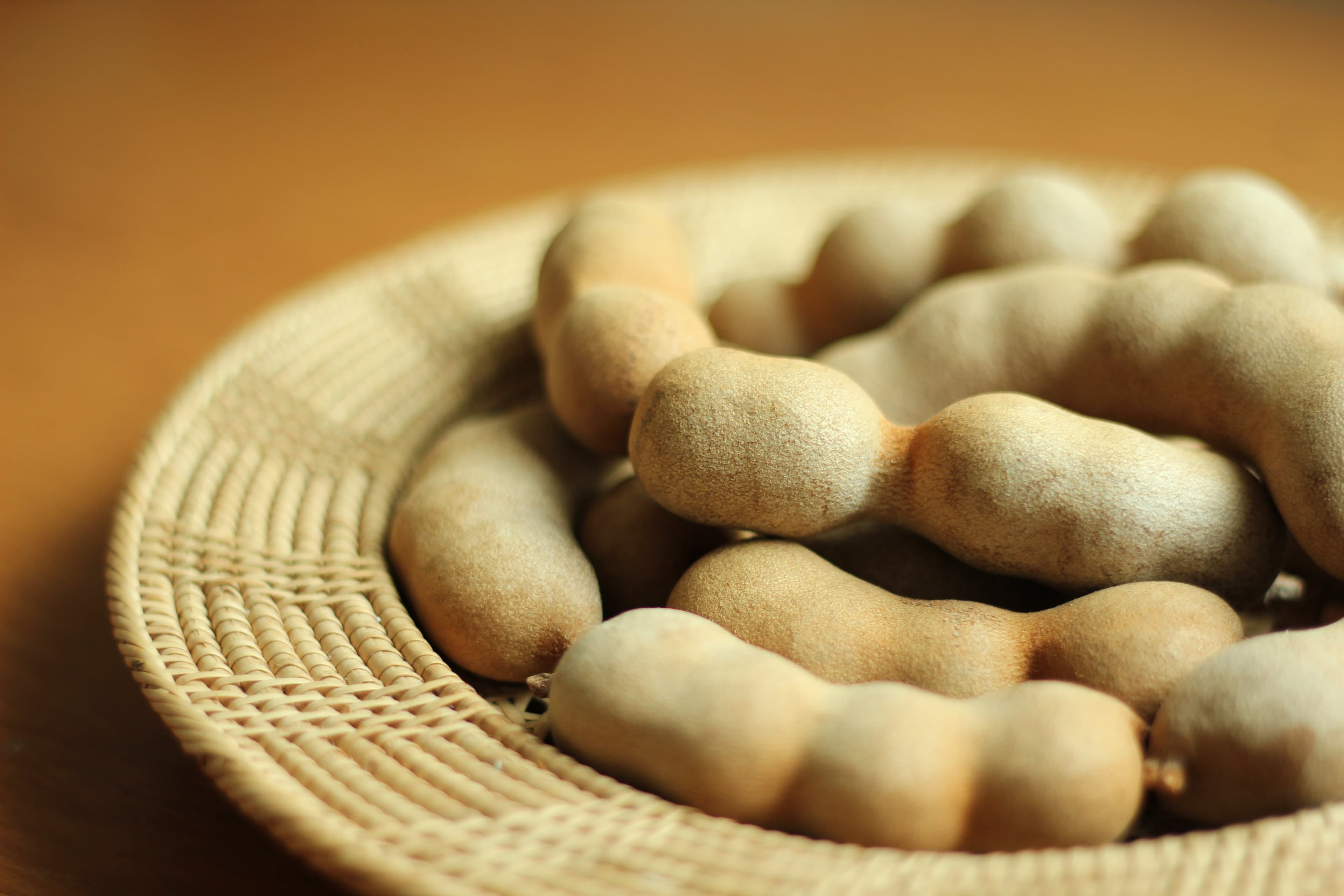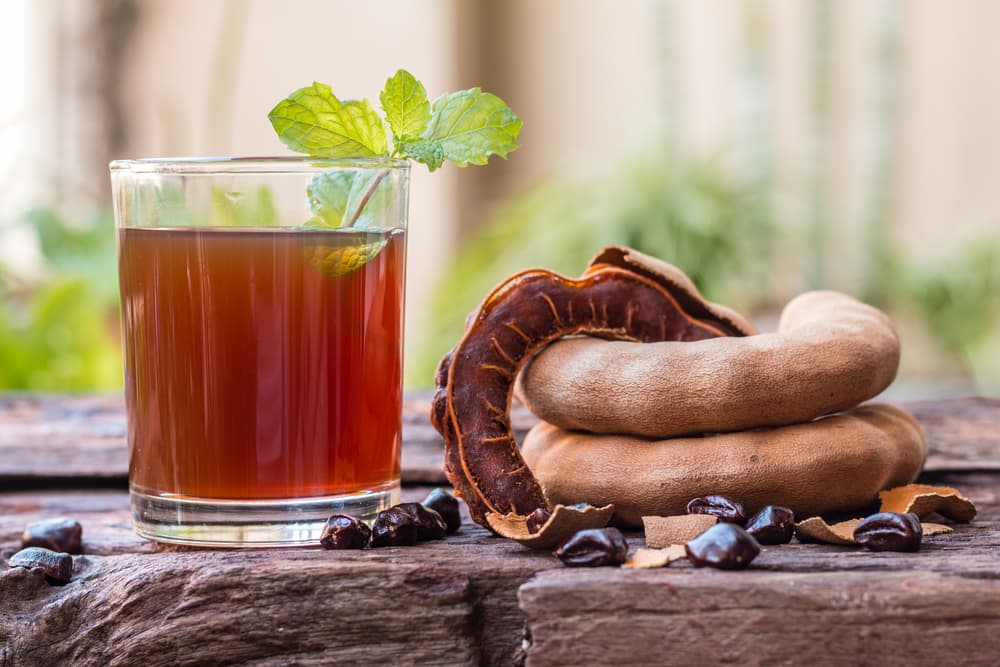Kokum Vs Tamarind: A Comparative Exploration Of Regional Indian Souring Agents
Indian regional cuisine is a rich blend of aromatics, masalas and spices which infuse foods with earthy, savoury and umami notes. Curries, vegetables, dals and pulses produced in this region are finished off with souring agents such as tamarind or kokum which tie all the varied tasting notes in these recipes together, so they become a unified blend of layered flavours.
Tamarind, with its sour and tangy taste is also used by itself to prepare chutneys, syrups and sauces that are added to chaat recipes and certain sherbets and fizzy drinks. For its part, kokum too is often used to make syrups and purees which are used to prepare a number of fizzy drinks, coolers and other summertime mixes.
 Yet, even as both kokum and tamarind essentially perform a similar function of acting as a souring agents that build tangy and acidic notes into foods and drinks, a comparative study of these two culinary ingredients reveals many subtle distinctions and differences that determine which ingredient should be used in a certain recipe.
Yet, even as both kokum and tamarind essentially perform a similar function of acting as a souring agents that build tangy and acidic notes into foods and drinks, a comparative study of these two culinary ingredients reveals many subtle distinctions and differences that determine which ingredient should be used in a certain recipe.
Kokum And Tamarind Growing Regions
Where tamarind is found across different regions in India spanning southern territories as well as eastern and northern states, kokum trees can be found primarily along western coastal regions alone. A significant reason for this prevalence of kokum in coastal areas is their humid climate and reddish soil which is conducive to the growth of kokum trees.
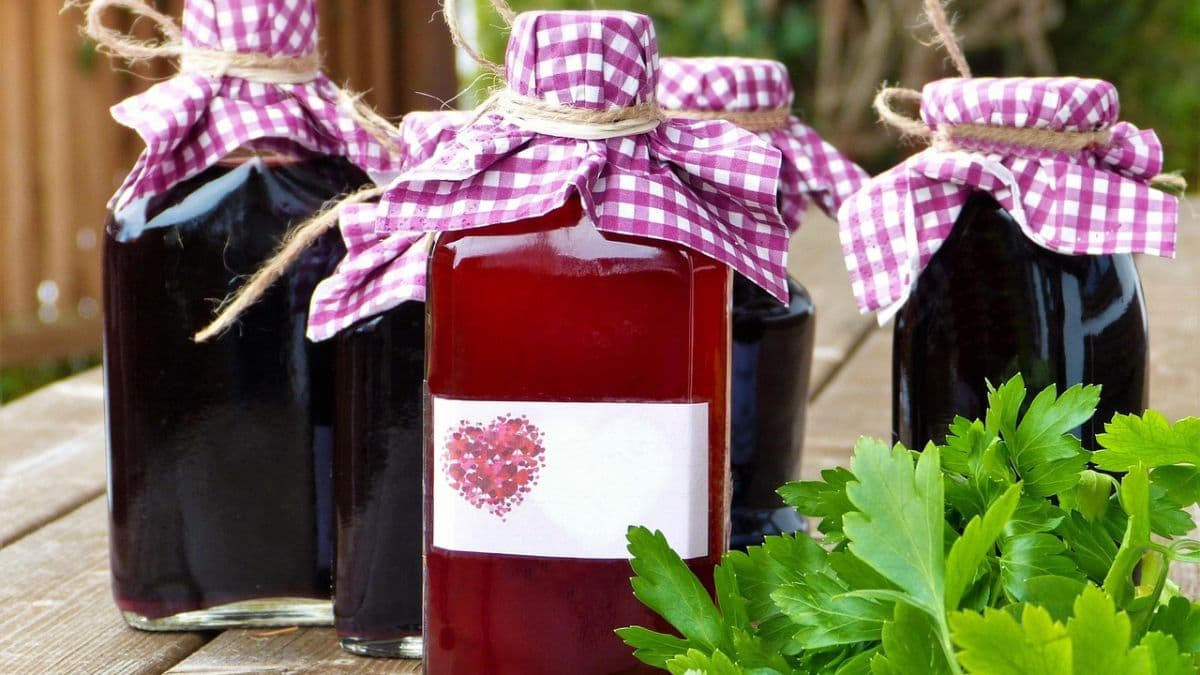
Inevitably, while the use of tamarind is widespread in many cuisines crafted in regions with warmer climes, kokum can be found more and more in western Indian recipes including Goan curries, Konkani prawn dishes and in the famed sol kadhi. Tamarind is incorporated into a number of other dishes like sambar, rasam, Bengali macher tok or fish dishes as a sour ingredient that unifies all the elements in the dish.
Forms And Uses
As the regions where tamarind and kokum are grown vary, so too the forms and uses of these ingredients undergo shifts. In southern Indian regions, tamarind is often turned into sticky pulp or syrup for adding it to different curries and dals.
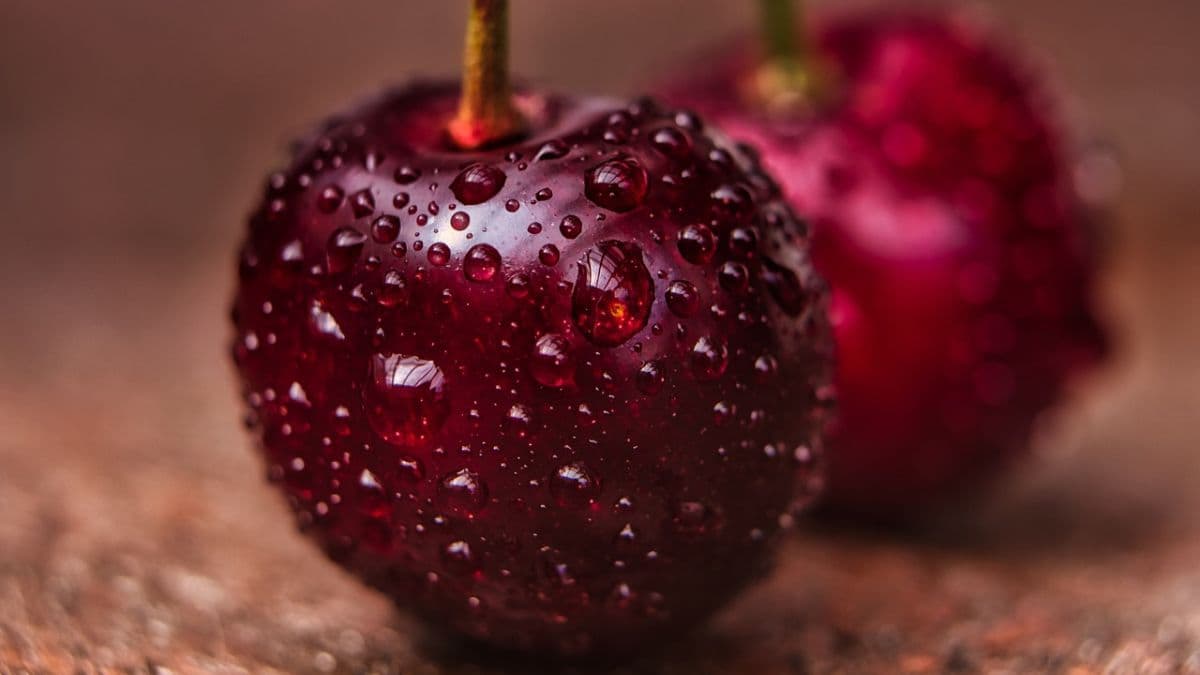 In other drier regions where tamarind is incorporated in vegetables and subzis, it is added to recipes in the form of a solid, salted block for infusing its potent acidity into these dishes. As a souring agent, tamarind plays a critical role in preparing subzis like tossed ladyfingers or even colocasia curries because it cuts through their sticky, rough qualities with its strong acidity and tapers down the more itchy and prickly notes in these vegetables.
In other drier regions where tamarind is incorporated in vegetables and subzis, it is added to recipes in the form of a solid, salted block for infusing its potent acidity into these dishes. As a souring agent, tamarind plays a critical role in preparing subzis like tossed ladyfingers or even colocasia curries because it cuts through their sticky, rough qualities with its strong acidity and tapers down the more itchy and prickly notes in these vegetables.
On the other hand, kokum is added to dals or pulses prepared traditionally in Goan, Maharashtrian and Konkani regions for bringing about a flavour balance. Kokum petals or fruits are dried and salted to produce what is colloquially referred to as the ‘amsul.’ In many regional Indian kitchens, jars of amsul sit on the counter and one of these little purplish, dark coloured dried fruits is added to a potful of curry to infuse an acidity that counteracts some of the more intense umami and savoury flavour notes in classic recipes.
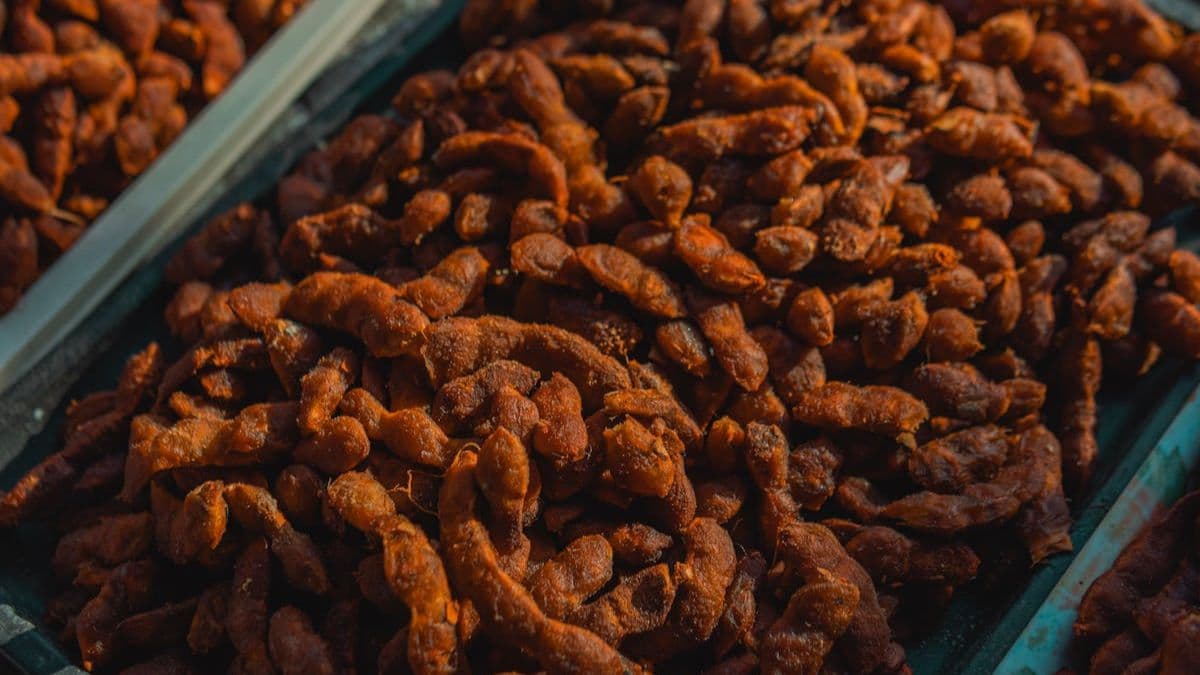
Deciding Between Tamarind And Kokum
While tamarind is added to recipes which require more overt tangy and sour notes, kokum is used in several dishes for infusing them with a bright yet lighter fruity tang. Furthermore, where tamarind is used in winter months in culinary preparations because it builds warmer flavours in recipes, kokum is often turned into sol kadhis and sherbets primarily prepared for their acidity and sour notes in summer weather.
Additionally, dried and soaked kokum rinds are excellent additions to seafood and lighter curries whereas tamarind blocks and pulp or even concentrated, salted fruit becomes a good ingredient to add to spicy curries and thick gravies.
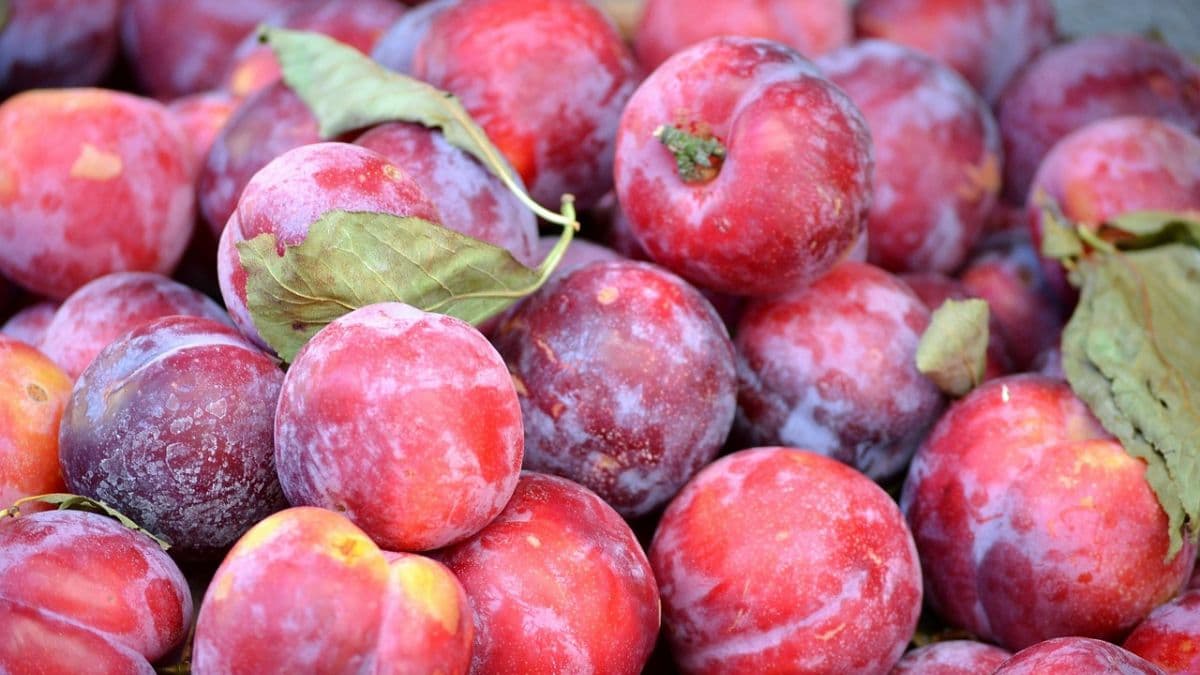 It is only apparent then that both tamarind and kokum are souring agents in their own right with very different uses. Determining which to use in recipes is thus as much a matter of taste preference as it is of having a keen understanding of each of their culinary applications.
It is only apparent then that both tamarind and kokum are souring agents in their own right with very different uses. Determining which to use in recipes is thus as much a matter of taste preference as it is of having a keen understanding of each of their culinary applications.
Drink Responsibly. This communication is for audiences above the age of 25.


